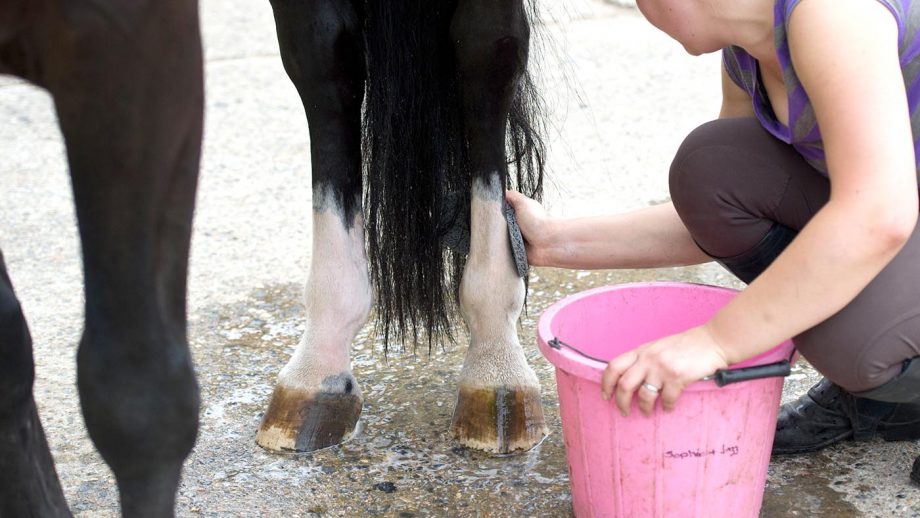Proper saddle fitting is crucial for both the comfort and performance of the horse and rider. Learning how to properly fit a dressage saddle ensures that you maintain a harmonious connection with your horse. In this article, we will navigate through each step of the saddle fitting process to ensure your dressage saddle is ideal for your equestrian pursuits.

The Importance of Proper Saddle Fitting
A well-fitted saddle is essential not just for the comfort of the rider but most importantly for the horse. An improperly fitted saddle can cause discomfort, restrict movement, and even lead to long-term physical issues for the horse. It is, therefore, necessary to understand the basics of how to properly fit a dressage saddle.
Recognizing Signs of a Poorly Fitted Saddle
Before exploring how to fit a saddle, it is crucial to understand the signs indicating that a saddle does not fit properly. Look for signs of pinching, slipping, or pressure points on your horse.
Steps to Properly Fit a Dressage Saddle
Understanding Your Horse’s Back Anatomy
Knowing the unique contour of your horse’s back is the foundation of proper saddle fitting. This involves examining the horse’s withers, spine alignment, and the back’s length and width.
Measuring for the Correct Saddle Size
The saddle seat size must accommodate the rider’s size while the tree of the saddle should appropriately match the horse’s back. Experts often suggest reading on how to measure stirrup leathers as a complementary skill.
Components of the Dressage Saddle
Saddle Tree
The saddle tree is the framework of the saddle. It must sit evenly on the horse’s back.
Pannels and Gullet
While the panels distribute the riders weight, the gullet must provide ample space for the horse’s spine.
Testing the Saddle Fit
Static Fit Test
Place the saddle on your horse without any pads and assess the balance and position.
Dynamic Fit Test
Observe the fit while your horse is in motion to check for any shifts or discomfort.
Making Necessary Adjustments
Even the best-fitting saddle may need some adjustments. Hiring a professional saddle fitter might be beneficial for precise modifications.
Utilizing Professional Saddle Fitters
If uncertain, consider consulting professionals who are skilled in making custom saddle adjustments.
Additional Tips for Saddle Maintenance
Regular maintenance not only prolongs the life of the saddle but ensures it remains a good fit throughout its use.

Frequently Asked Questions
How tight should a dressage saddle be?
The girth should be snug but not too tight to restrict the horse’s breathing and movement.
Can I fit the saddle on different horses?
Its not advisable. Each horse’s anatomy is different, requiring unique saddle fits.
What other accessories help in saddle fitting?
Pads, risers, and shims can assist in fine-tuning the fit of a dressage saddle.
For more information about saddle fitting and related topics, visit OfHorse.








